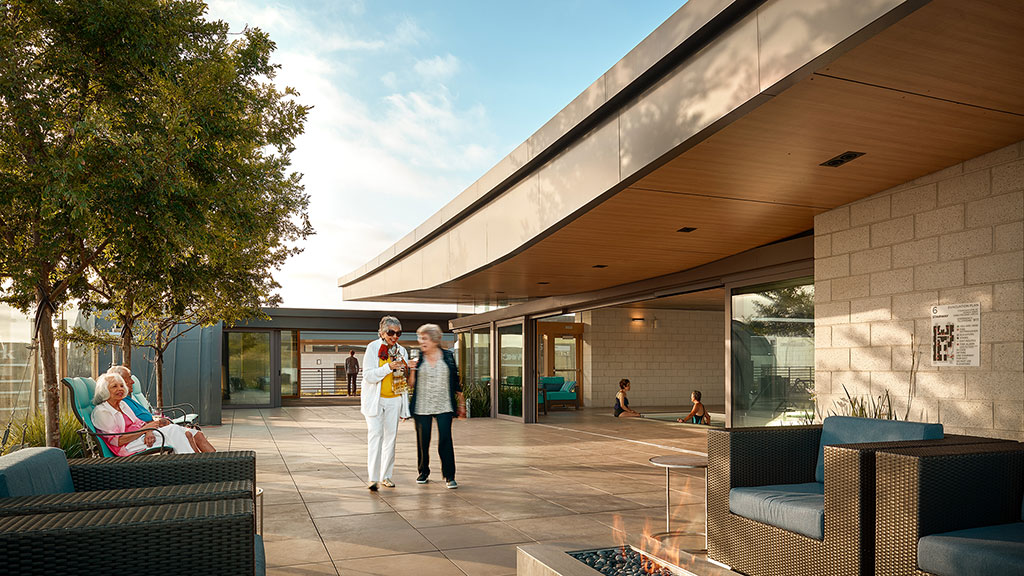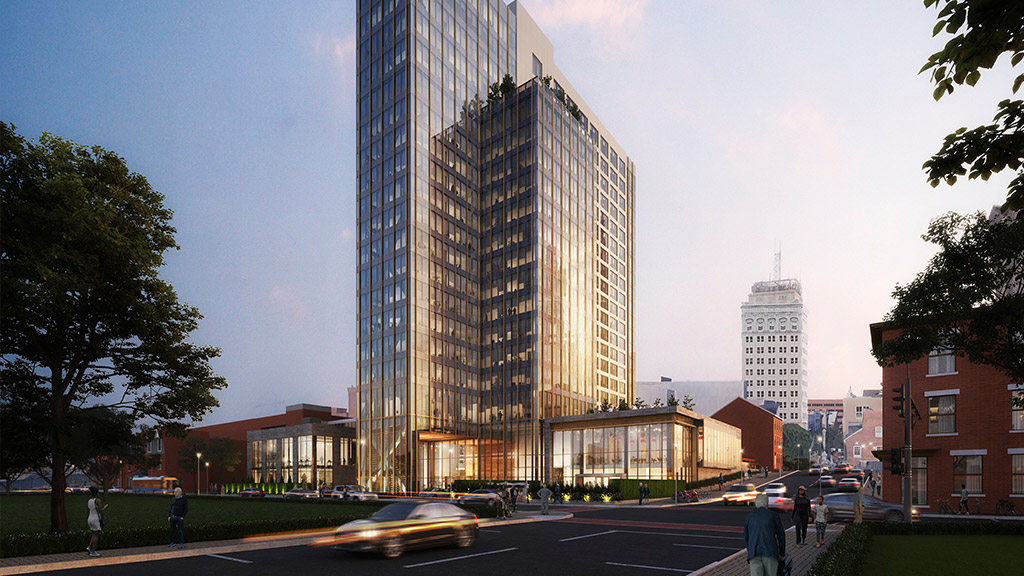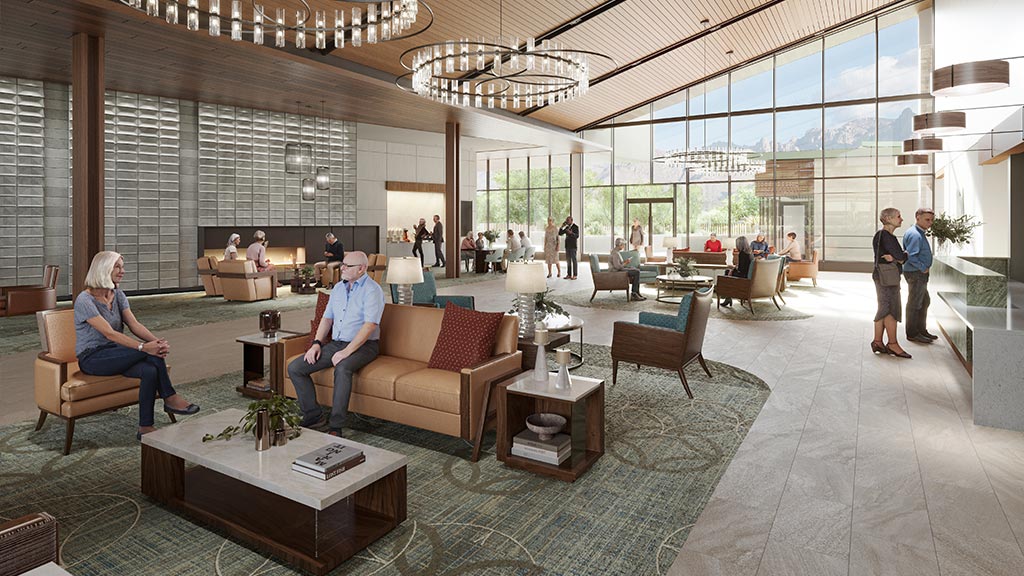Senior Living

Mosaic by Willow Valley Communities

Confidential Independent and Assisted Care Facility

Town Hall Apartments

Fountainview at Gonda Westside

Windsor at Celebration

Alzheimer’s Association

La Posada at Pusch Ridge

Urban Awning

The Hub on Causeway

Suzhou Zhongnan Center

OhioHealth Neuroscience Wellness Center

Tipner West

Hyatt House Kanazawa

Jewish Colorado

Noah’s Ark Children’s Hospice

Oakwood Shores Redevelopment Plan

Metropolis

HarborChase of Prince William Commons

HarborChase of Fairfax

Atria at Villages of Windsor

Portman Ritz-Carlton

Claremont Club & Spa, A Fairmont Hotel

Star Clinic and Housing for Health Office

Grand Hyatt Incheon

River Oaks District

Scottsdale Healthcare Thompson Peak Hospital Healing Garden

Willowbrook MLK Wellness Community

Equity and Aging in the 20-Minute City

Defining Active Adult: A Promising Housing Model for an Active Aging Future

Why It’s Time to Reframe the Conversation Around Senior Living

Beyond Senior Living: Designing Communities for Inclusion

An Opportunity to Unlock Value for Underutilized Assets: Office Conversions for Senior Living

Debunking Three Myths About Designing for Older Adults

Embracing Senior Living in the Urban Mix

What Senior Living Has to Say about Health and Well-Being in Design

Designing for the 100-Year Life and an Active Aging Future

Designing Intergenerational Communities

Building Boomtown

Design for Active Aging

Designing for Ageless Communities

Designing Innovative Pathways to Affordable Housing in Los Angeles

Design Forecast 2022: Senior Living
Demand for residential and dementia care booms as boomers age.
The “2030 Problem,” when all baby boomers will be over 65 and account for 20% of the population, requires thoughtful and affordable solutions for this growing need for access to healthcare services and facilities that support care with dignity. Be it the “Green House” model (small, self-contained residences serving multiple residents) or in-home care, opportunities to innovate the design of assisted living and dementia will grow in 2024.
Older adults want to age in place in their communities.
People are living in more urban settings, and they want to age in place. To attract older adults to their developments, providers have an opportunity to create diverse, adaptable, multifunctional spaces that offer a range of experiences. These places need to be in the communities in which they already live, which requires smaller, more urban development within 20-minute neighborhoods.
Snowbirds, sunbirds, and strayers: Experience is driving lifestyle choices.
With a possible 40-year lifespan of “retirement,” some active adults are choosing to live in more than one community. Whether moving to sunny climates, pursuing new activities, or seeking out other familiar global communities, they’re making choices driven by their lifestyles, and lifestyle-based environments with a diversity of experiences will be highly sought after.


Brooks Howell

Tama Duffy Day

Factors Impacting the Profitability of Office-to-Residential Conversions

Why the Next Retirement Communities Won’t Be Just for Seniors

Mosaic by Willow Valley Communities Extends the Energy of Downtown Lancaster

The Wave of Urban Infill Senior Living Development Is Just Starting

Chicago’s Town Hall Apartments at the Center on Halsted Help Meet the Needs of Older LGBTQ Adults

Gensler’s Tama Duffy Day Discusses Do’s and Don’ts for Incorporating Inclusive and Accessible Design in the Office

10 Healthcare and Senior Living Trends Driving Design Strategies

The Importance of Building Community in Active-Adult Developments
